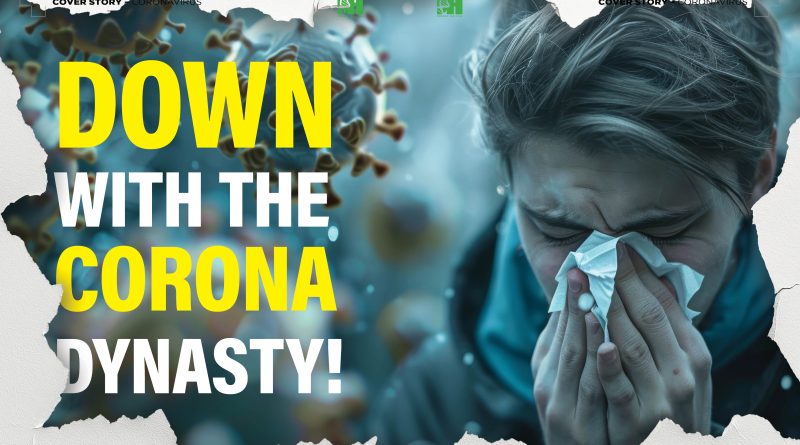Down with the Corona Dynasty!
 The coronavirus may have long shed its virulence, but not its aura of fear. As its weakened descendants spread silently, it’s time to discard hysteria and move towards sanity, turning our attention to far deadlier vector-borne and waterborne diseases such as dengue, chikungunya, Zika virus, scrub typhus, leptospirosis, typhoid, and malaria…
The coronavirus may have long shed its virulence, but not its aura of fear. As its weakened descendants spread silently, it’s time to discard hysteria and move towards sanity, turning our attention to far deadlier vector-borne and waterborne diseases such as dengue, chikungunya, Zika virus, scrub typhus, leptospirosis, typhoid, and malaria…
By Dr Amitav Banerjee
The word “Corona” has once again made its way into headlines, reviving a haunting déjà vu and triggering ripples of anxiety among people. Within the vast realm of viruses and microorganisms, none has claimed a more prominent and controversial throne than the novel coronavirus and its descendants. In this microbial kingdom, they have been accorded a status akin to royalty—feared, revered, and mythologised.
“What’s in a name? That which we call a rose by any other name would smell as sweet.” This oft-quoted line from William Shakespeare’s Romeo and Juliet evokes the idea that names themselves carry little inherent meaning. Yet, the global saga of the coronavirus over the past five years appears to challenge the Bard’s assertion. The very act of naming and the symbolic status it conveys seems to have altered the trajectory of global public health.
Dr Wolfgang Wodarg, a German physician and politician, stirred controversy when he suggested that Severe Acute Respiratory Syndrome Coronavirus 2 (SARS-CoV-2) was not significantly different from other coronaviruses, which frequently circulate during seasonal waves of respiratory illnesses and typically go unnoticed. According to Wodarg, the new nomenclature and elevated focus on SARS-CoV-2 triggered what he termed a “tragedy of errors,” launching a series of missteps and overreactions on the global stage.
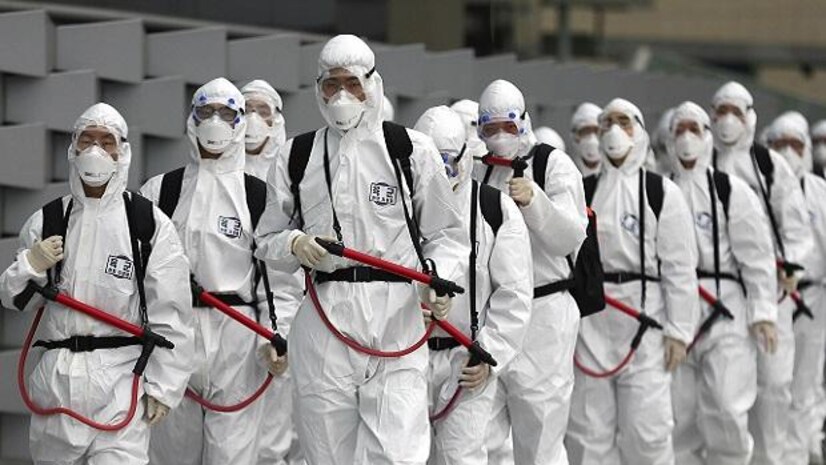
Whispers abound in various corners of public discourse that the coronavirus may not have emerged through natural evolution but was rather engineered or manipulated in a clandestine laboratory. Despite the lack of definitive evidence, such suspicions persist. Nevertheless, the global scientific and political establishment—those who effectively function as the “royal courtiers”—vehemently refuted such claims, continuing to uphold the legitimacy and urgency of their response to the virus’s emergence.

The very act of naming this novel virus SARS-CoV-2, and subsequently branding the disease it caused as COVID-19 (Coronavirus Disease 2019), bestowed upon it an aura of ominous significance. Unlike its less famous cousins, the common cold coronaviruses, this new entrant was catapulted into global notoriety. The “King Corona,” a ruthless sovereign, commanded fear wherever it went. Streets emptied, schools closed, and marketplaces fell silent under its gaze. The world retreated indoors; playgrounds and parks stood desolate. A terrified populace, fearing annihilation, confined themselves to their homes, sealing children away from the sunlit outdoors.
 With astonishing ease and unprecedented speed, Corona swept across continents, facing little resistance in its conquest. Its territorial expansion eclipsed even that of Alexander the Great, not only in geographical reach but also in the velocity of its global domination. The political rulers of the world, seizing the moment, used the pandemic’s looming threat as a powerful instrument to exert control over their populations. Mandatory face coverings became the norm, symbolising both submission to authority and the fear of a largely invisible enemy. Ironically, exceptions to this rule were often seen among the global elite and powerful leaders—those in the virus’s inner circle—who continued to hold mass gatherings and political rallies without restraint.
With astonishing ease and unprecedented speed, Corona swept across continents, facing little resistance in its conquest. Its territorial expansion eclipsed even that of Alexander the Great, not only in geographical reach but also in the velocity of its global domination. The political rulers of the world, seizing the moment, used the pandemic’s looming threat as a powerful instrument to exert control over their populations. Mandatory face coverings became the norm, symbolising both submission to authority and the fear of a largely invisible enemy. Ironically, exceptions to this rule were often seen among the global elite and powerful leaders—those in the virus’s inner circle—who continued to hold mass gatherings and political rallies without restraint.
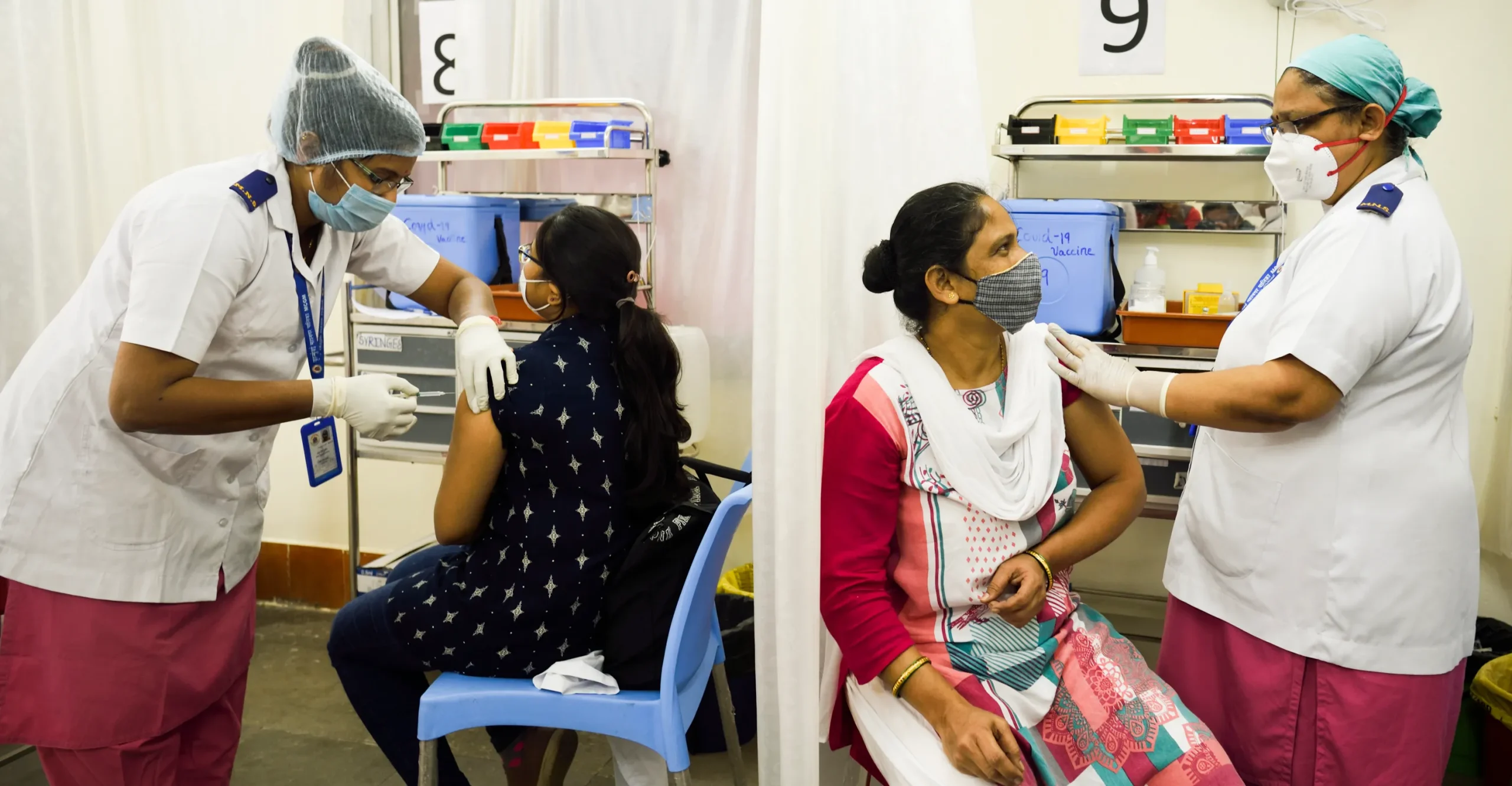
The ruling playbook, adopted almost universally by governments across the globe, relied on a singular powerful emotion—fear. This became their “master key” to unlock social compliance. A legend grew around COVID-19, portraying it as a merciless killer of both the young and the old. However, upon closer inspection, the virus behaved more like a cowardly warrior, typically striking down those who were elderly, chronically ill, or otherwise immunocompromised. Nevertheless, widespread panic ensured that everyone—regardless of risk profile—remained imprisoned indoors. Parents, driven by anxiety, barred their children from attending school or even playing outside.
World governments declared a full-fledged war against coronavirus and its ever-expanding army of variants. A multitude of private and public stakeholders rushed to offer arms and ammunition for this war. These took the form of rapidly developed vaccines, testing kits, ventilators, and antiviral medications such as remdesivir. Predictably, some of these interventions—introduced under emergency authorisations—caused unintended harm, resulting in occasional loss of innocent lives. Such incidents were typically dismissed as “rare and unfortunate collateral damage,” a necessary sacrifice to shield humanity from a virus that was described in almost apocalyptic terms.
But like all dynasties, the House of Corona is showing signs of fatigue. Its recent progeny—descendants of the Omicron sub-lineage such as JN.1—have begun to wane in strength. The latest heirs to this fading empire, identified as LF.7 and NB.1.8, have been granted minor dominions in viral hotspots such as Singapore, Hong Kong, and Thailand. These new variants, though far weaker than their ancestors, continue to enjoy royal status purely by lineage. Their actual capacity to cause disease is modest, yet their heritage ensures they are treated with deference.
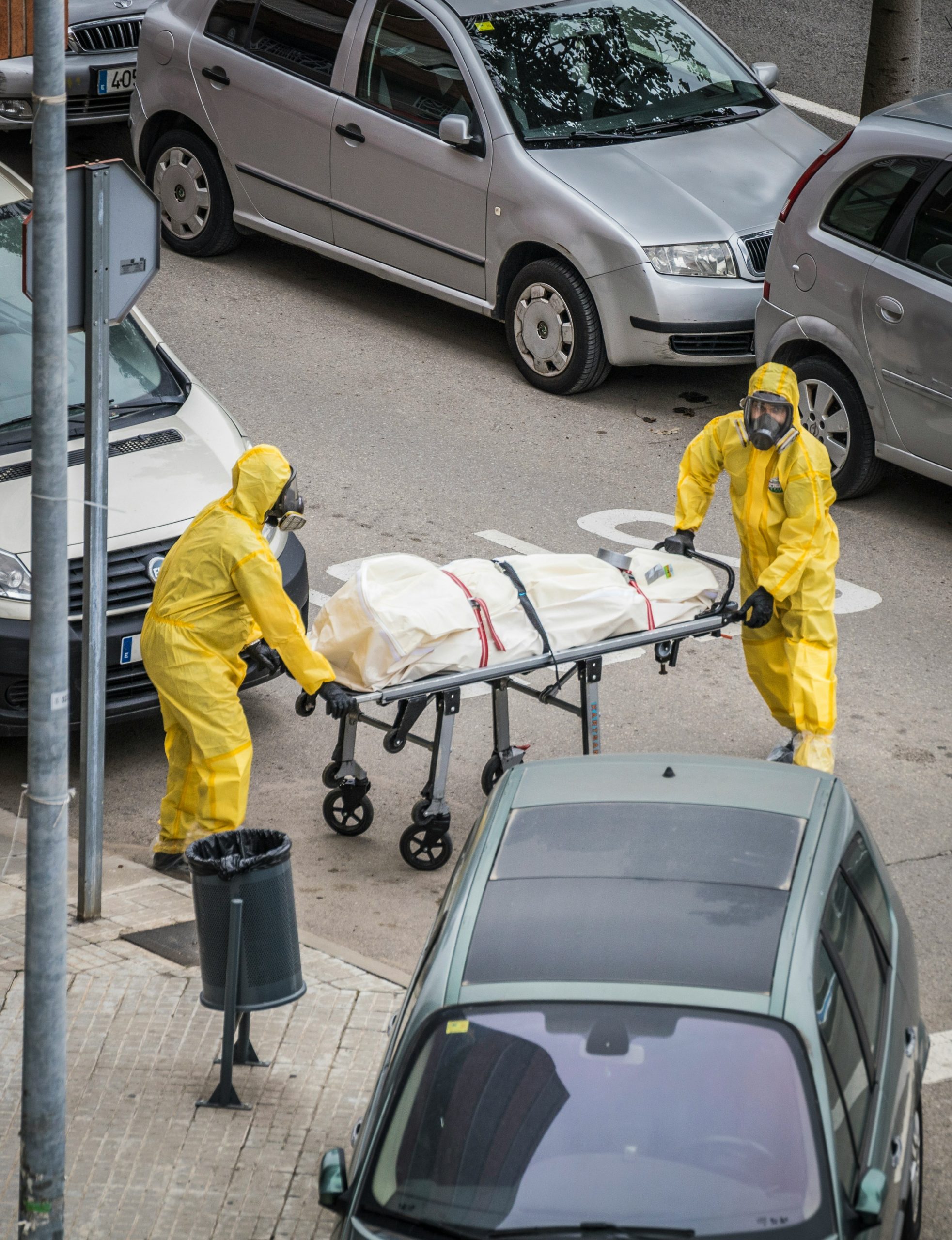
To sustain the aura of danger surrounding the Corona Dynasty, policymakers and scientific advisers convene high-level meetings and draft elaborate contingency plans. These are designed not necessarily to prevent catastrophe but to prepare for hypothetical future scenarios. Once the media—acting as the regime’s trumpet blowers—sound the alarm, the public can once again be stirred into panic. This, in turn, facilitates lucrative contracts and deals for the continued production of vaccines, diagnostic kits, and other paraphernalia. Without fear, there are no fortunes to be made. While the new variants may lack the menace of their forebears, they are nonetheless descendants of King Corona—and this fact alone keeps the machinery of hysteria well-oiled.
So, what is the path out of this modern-day serfdom, this pandemic-induced mental captivity? It begins with an end to mass hysteria. The world must address its collective obsession with COVID-19 to restore the mental and social equilibrium of society. Here, ancient wisdom offers guidance. Lessons from the Bhagavad Gita—a philosophical cornerstone of Indian thought—can illuminate our way forward.
In Chapter 14, Verse 10 of the Bhagavad Gita, the concept of the three gunas—Tamas, Rajas, and Sattva—is explored. Tamas represents darkness, inertia, and chaos—aptly describing the initial months of the pandemic when ignorance and panic reigned supreme. This was followed by Rajas, characterised by passion, frenetic activity, and often-confused decision-making. Flip-flops in guidelines from institutions like the World Health Organization (WHO) and the Centers for Disease Control and Prevention (CDC) exacerbated this chaotic phase. We now stand at the threshold of the Sattva phase—marked by clarity, constructive action, and harmony. This is the stage where humanity must learn to coexist with the virus and its mild offshoots. “Live and let live” is not merely a slogan—it is now a biological reality.
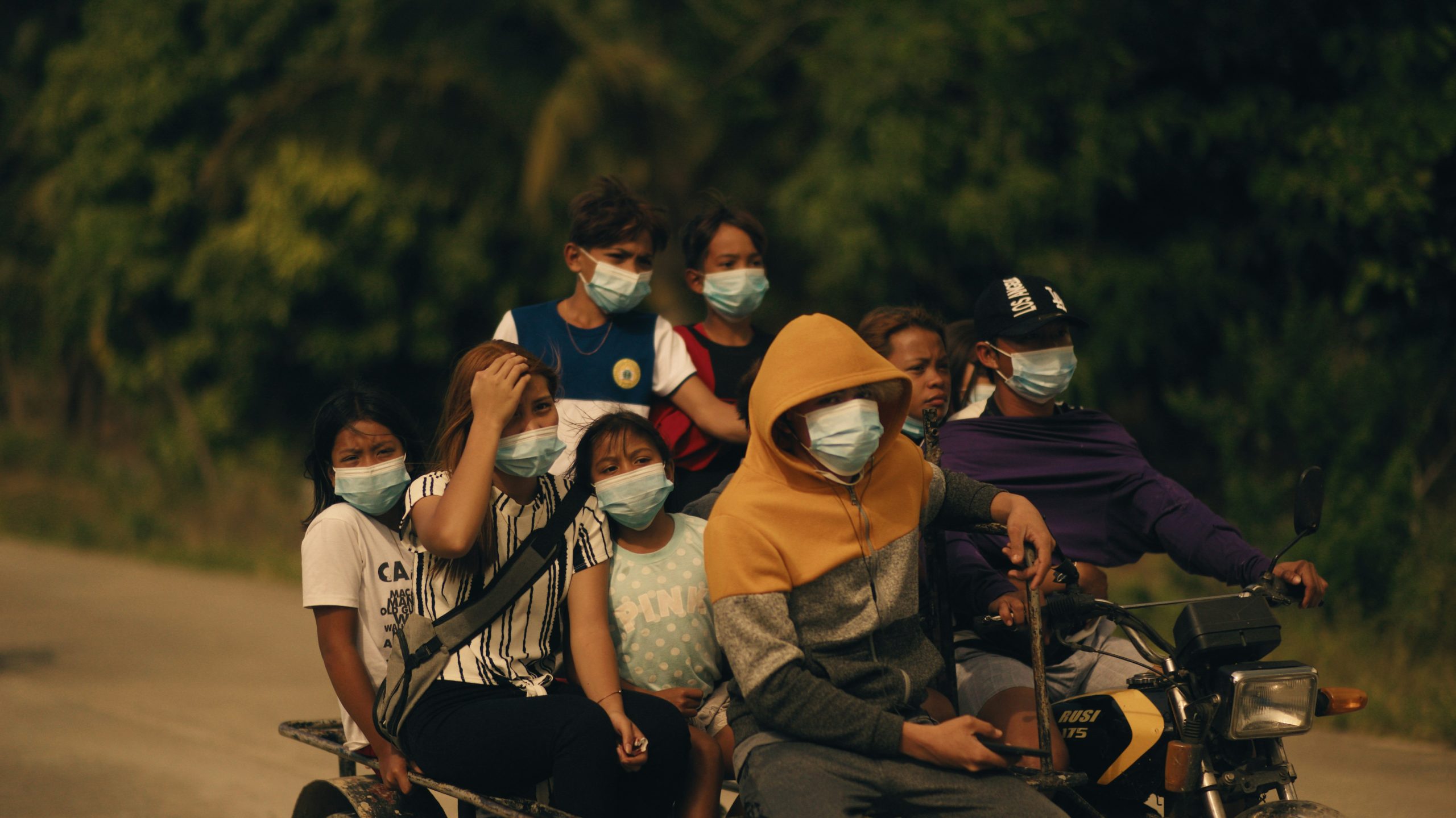
The newer variants, in fact, embody Charles Darwin’s principle of natural selection. Their genetic mutations, caused by replication errors, have favoured less virulent forms that can coexist peacefully within human hosts. Lethal viruses tend to self-destruct by killing their host too quickly to spread. In contrast, milder variants that allow the host to survive can propagate effectively. Today, SARS-CoV-2 has evolved into a relatively benign parasite—present in the throats of countless individuals without causing illness.
Every day, over 25,000 Indians die from various causes. Among these, thousands may be carrying harmless coronavirus variants. If Reverse Transcription Polymerase Chain Reaction (RT-PCR) tests were conducted on every deceased individual, it would yield sensational headlines and inflated case counts—perfect fodder for media outlets seeking viewership. Such fear-mongering would once again drive the public to panic, hastily procure vaccines, and suffocate themselves under masks, believing they are at risk from a now largely innocuous virus.
In our myopic focus on COVID-19, we have allowed far deadlier pathogens to thrive in the shadows. Tuberculosis claims the lives of over 1,400 young Indians every day. More than 2,000 children die daily from preventable causes. Vector-borne and waterborne diseases like dengue, chikungunya, Zika virus, scrub typhus, leptospirosis, typhoid, and malaria continue to exact a heavy toll. In a recent public health emergency in Pune, over 200 cases of Guillain-Barré Syndrome—a paralysing condition—were reported, including 11 fatalities. These cases were linked to bacterial contamination of drinking water by Campylobacter jejuni, although other causes such as Zika could not be ruled out.
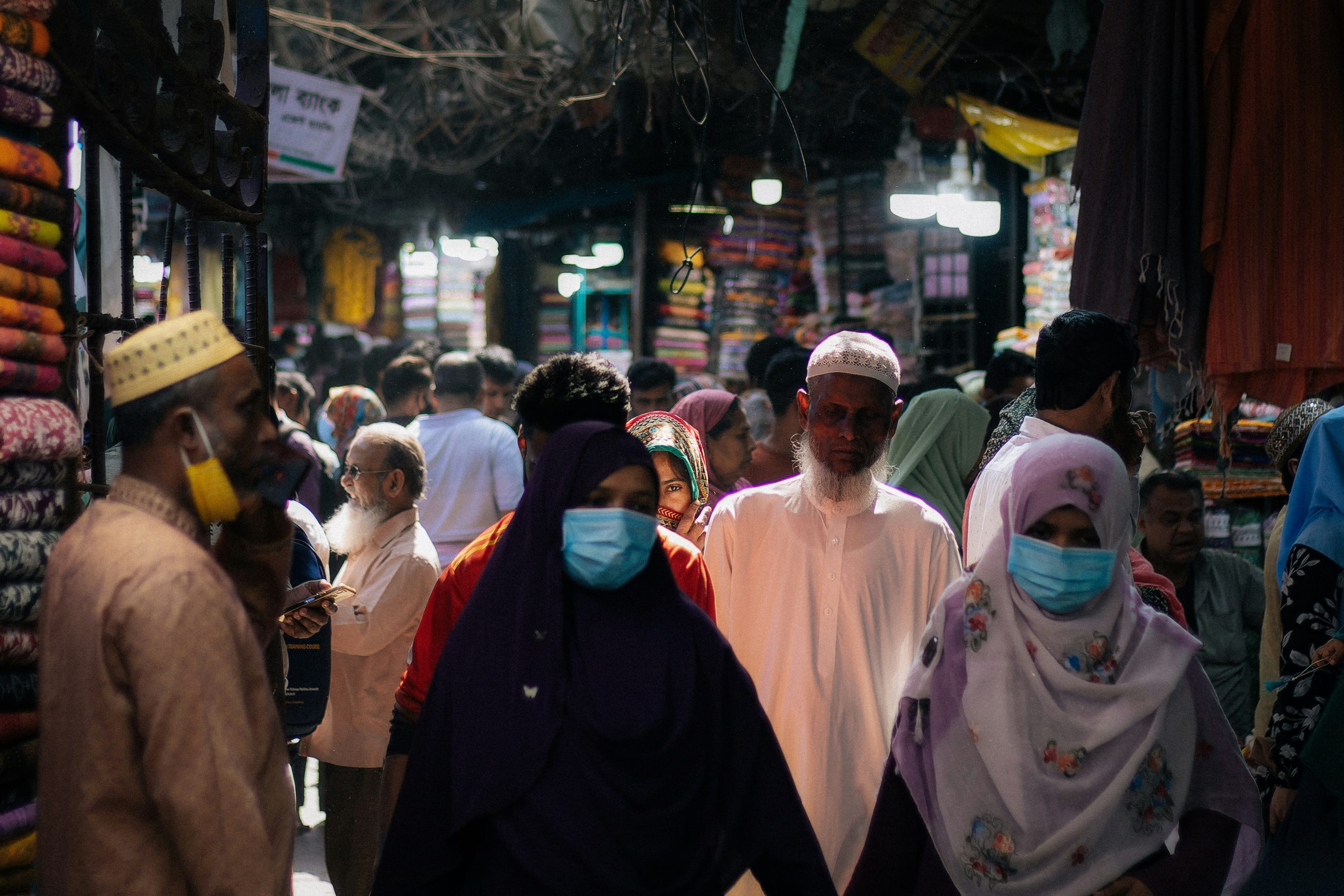
These, and not COVID-19 or speculative future pandemics, are the real enemies of public health. Yet, there is a dangerous global trend pushing us toward ceding sovereignty over national health policies to unelected, undemocratic bodies such as the World Health Organization. This development demands urgent scrutiny and resistance.
(The author is a Clinical Epidemiologist and currently Professor Emeritus at DY Patil Medical College, Pune. He served in the Indian Armed Forces and formerly headed the Mobile Epidemic Investigation Team at the Armed Forces Medical College (AFMC), Pune. He was ranked among the top 2 per cent of scientists globally by Stanford University in 2023 and 2024. He is the author of Covid-19 Pandemic: A Third Eye.)

